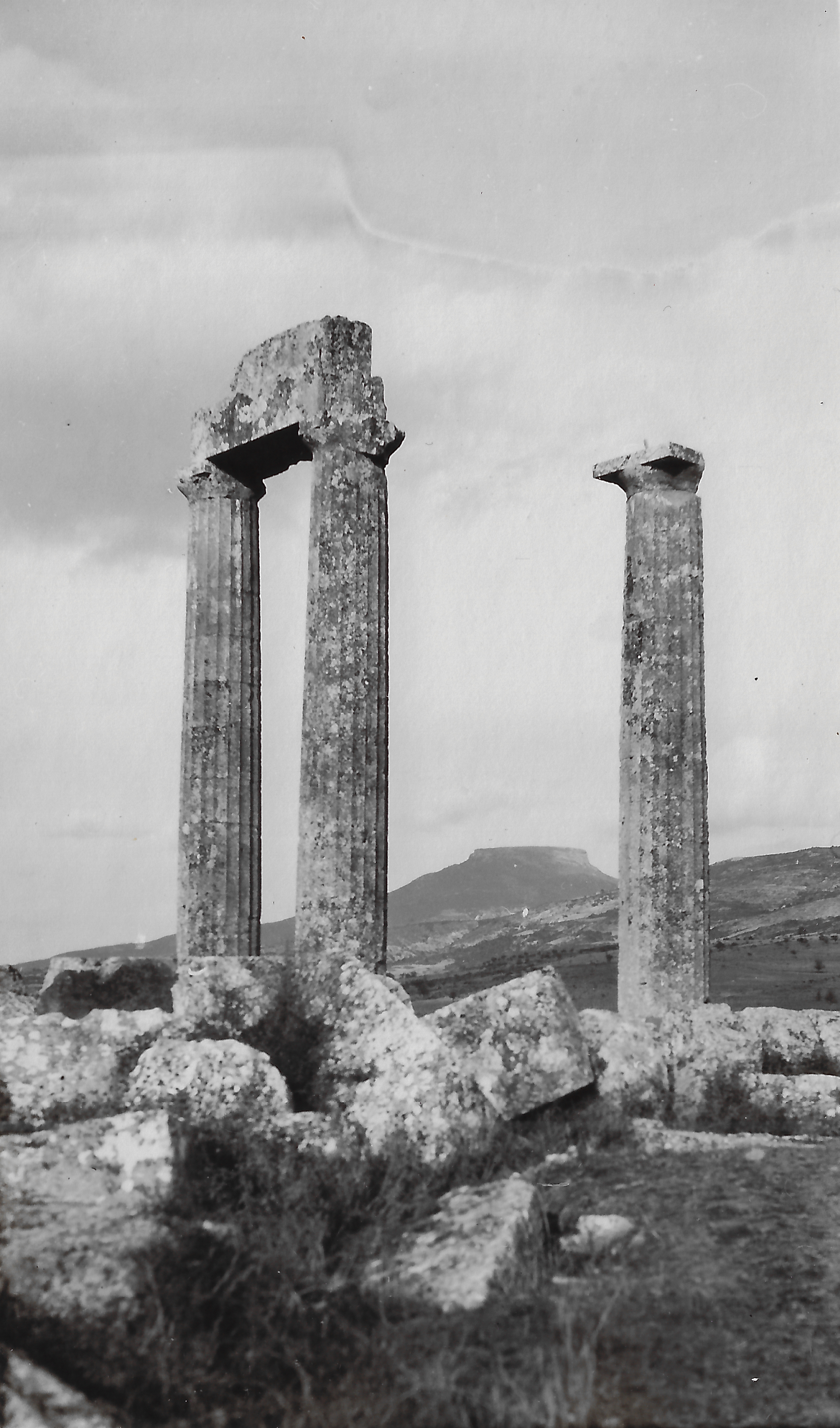The Dig
Carl W. Blegen began to dig on April 16, 1924, and among the personnel listed were Bert H. Hill, Blegen, Philip H. Davis, and Prentice Duell who served as the architect. William B. Dinsmoor and Charles A. Robinson, Jr. participated briefly. With the exception of the Easter holidays, the team dug until June 2nd in that first year.
Excavations did not resume at the site until November 29th of the following year. Hill and Blegen are once again on the personnel list, and joining them were Oscar T. Broneer, John Day, and William V. Cash, who replaced Duell as architect. This small crew dug for less than a month, ending on December 24th.
The final season in 1926-1927 consisted of a larger crew, but once again, they dug at the end of the year, starting on November 9th, and they finished on January 10, 1927, with pauses for both the Christmas and New Year holidays. Members of the crew included Allan C. Johnson, Robert S. Darbishire, and Oscar T. Broneer, with Henry L. Crosby and Alfred C. Schlesinger participating for short periods. One other member was James Penrose Harland, a member of the UC faculty since the fall of 1923. He had given public lectures about the excavation, but a fellowship for the 1926-1927 year allowed him to participate, and Blegen assigned him the hill of Tsoungiza. Blegen had to leave the excavation because of pneumonia, and Benjamin D. Meritt (who had joined the team on November 28th) took charge of the overall project.
Mention is necessary of the numerous workers the team employed to conduct the actual digging. Blegen only alludes to them in his first published report, and no mention of them as a group is in the second. The discovery of the so-called “Rawson Deposit” in 1925 (and reported in 1926) by Mrs. Spiro Peppa is recorded, and Blegen states that she was “the wife of one of our workmen” (Blegen 1926, 131). No other mention appears in the published reports.
The personnel list contains the name “Andreu,” and in Nemea Notebook #1, he is listed as Andreas Sakellariou; he served as foreman for the 1924 and 1925 seasons. His name and role are not explicitly stated in any published report. He was replaced by George Alexopoulos in the 1926-1927 season, and Blegen does note him in his 1927 report. He writes that Alexopoulos was from Mycenae and was an experienced foreman. In this last report, Blegen mentions the workers specifically, and he states that the number ranged from 29 to 129, and that the majority came from a nearby village with more experienced diggers brought in from farther afield. Although not listed in any report, the notebooks confirm that Nikos Neroutso was the cook, and he participated in all three seasons.


